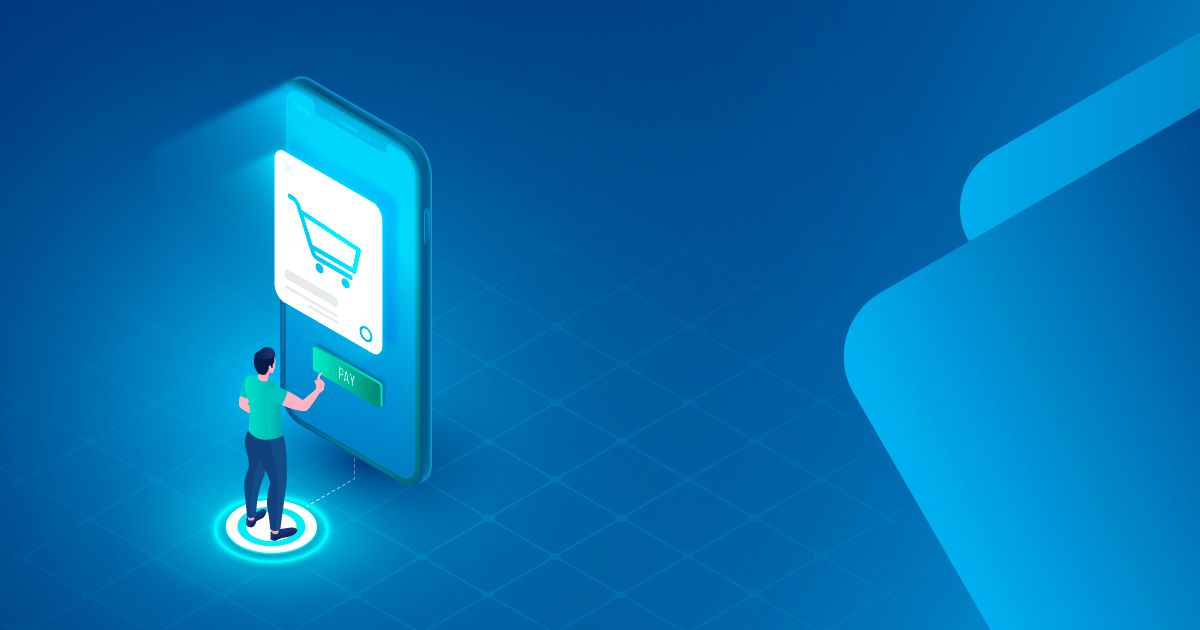
October 10, 2025
Crafting Intuitive Payment Journeys

An intuitive payment journey is a critical aspect that users prioritize when initiating transactions and completing their payment processes.
Making it an essential part to design a payment flow that is secure, simple, user-friendly and straightforward, not only to increase user confidence and satisfaction but also to strengthen brand trust and drives sustainable growth in an increasingly competitive market.
What is the Payment Journey?
The payment journey is the entire user flow from the first engagement of the user to initiating the payment until receiving the confirmation of this payment.
Crafting such smooth and satisfying user experiences requires a deep understanding of user behaviour, preferences, and potential pain points.
Key Components of an Intuitive Payment Journey
Here are some of the fundamental principles for designing intuitive, trustworthy, and user-friendly payment journeys:
- Simplicity and Clarity
A clutter-free design is the foundation of an intuitive payment journey. Removing unnecessary steps and distractions, focusing only on the information users need to complete their transaction. The fewer fields to fill out, the smoother the experience. - Speed and Efficiency
Fast-loading pages and quick processing times are crucial for a positive user experience. Users today expect things to go smoothly, and any delays can be frustrating and even force them to abandon the flow. It is vital to optimize backend processes to ensure that transactions are completed promptly and efficiently, providing users with a consistent experience from start to finish. - Guidance and Feedback
Always keep users informed about their current situation. What is happening, what they should do next, and how to recover from errors if they occur. Breaking the payment process into clear, manageable step, and using progress indicators or confirmation messages so they feel always in control when using your product. It also creates trust and confidence at every step, eliminating errors and confusion. - Trust and Security
One of the most common concerns that people have while making payments today is the security and privacy of their transactions. This should be made evident to users by, for example, displaying security or trust badges, providing encryption and two-factor authentication, clearly communicating privacy rules, and being transparent about fees, taxes, or additional costs, all of which help users proceed with confidence. - Different Payment Options
Giving users multiple methods of payment, such as digital wallets, bank transfers, and cards, allows them to choose the best method for them while also reducing the barriers of not being able to complete transactions and improving efficiency. - Consistency
Keeping consistency across the product is essential for delivering a seamless payment experience. By using the same color palette, font, and component behavior across all screens, we create a consistent visual and functional language. When users come across elements that appear and act the same, they quickly learn what to expect. This minimizes the learning curve, increases confidence, and helps users perform transactions more easily because each step in the flow is predictable and intuitive. - Accessibility and Inclusivity
Great payment experiences are universal, so no user gets left behind. Accessibility can be achieved by ensuring proper color contrast, legible text, clear labels, large tap targets, and assistive technology support, as well as supporting multiple languages, providing localized payment options, and taking into account low-bandwidth users to ensure that everyone can complete their transactions with ease and efficiency regardless of ability or device. This broadens your customer base and makes your product accessible to everyone, not just a group of people. - Personalized Experiences
A seamless payment journey should be not only efficient or usable, it also should feel personal and relevant to the users. Payment journeys should be aligned with user behaviours, preferences, and context instead of forcing everyone to go through a generic process. For example, pre-selecting a preferred payment method can save time or adjusting display settings like; currency, language, or local payment options based on user’s location. In addition to always allow users to update or override preferences easily. - Support and Assistance
Quick access to customer support is an essential part of a smooth payment experience. Whether through a chatbot for simple queries or a live agent for more complex issues, users need to know that help is readily available. Feeling supported at every step builds confidence and reassures them that any difficulties they face can be resolved without hassle. - Design for Small Screens
Because many people use their phones to make payments, the interface must operate well on small screens. A responsive, mobile-first design ensures that each step of the journey is simple to follow, quick to complete, and suited to how people use their devices. This not only improves the experience but also increases user confidence and pleasure.
Common Pitfalls to Avoid in Payment Journeys
Designing a smooth payment journey isn’t only about what you include, it’s also about what you avoid. Small flaws in design or flow may cause confusion, annoy users, and even force them to abandon the process. Here are several pitfalls to avoid to ensure that your payment experience is smooth, secure, and user-friendly.
- Overcomplicating the Flow
Presenting too much information, steps, or unnecessary options can overwhelm users and increase abandonment. Keep it concise and focus on what’s essential. - Hidden Costs
Lack of transparency with hidden charges or unclear fee break the user’s trust and often leads to drop-offs, so be upfront about all costs from the beginning. - Inconsistent Design Patterns
Consistency is more than aesthetics; it builds user confidence. When actions or elements behave differently across screens, users hesitate and make mistakes. Even small shifts, like a ‘Pay Now’ button changing style or error messages varying in tone, it will create uncertainty that disrupts the flow; users may not consciously see it, but they will feel it. - Limited Payment Options
Restricting users to only one or two payment methods often leads to drop-offs. People prefer different ways to pay, cards, digital wallets, or bank transfers. Providing a wider range of secure options gives users flexibility, builds trust, and reduces abandonment. - Poor Performance and Delays
Slow loading, lag during processing, or unclear progress indicators create frustration. Users expect speed and real-time feedback else; they will swipe away and cancel their payment journey. - Missing Reassurance
When users enter sensitive information such as credit card numbers, they seek confidence that their data is secure. If the interface lacks unambiguous security signs, such as a padlock icon, SSL certificate cues, or badges from trusted payment providers, many users will hesitate or leave the process entirely. A lack of transparency creates doubt, and in payments, doubt quickly turns into lost conversions. - The Silent Checkout
The moment after payment is critical. Without immediate confirmation whether it’s a success message, a digital receipt, or access to transaction history, users are left wondering if their payment actually went through. That uncertainty can lead to duplicate payments, extra support tickets, and a loss of trust. Clear, timely feedback closes the loop and gives users confidence in the process.
Conclusion
An intuitive payment journey is more than just moving money from one place to another. It’s about building trust in a digital world. Every interaction in the process shapes how users feel about a business. When companies design with clarity and keep the user at the center, they do more than simplify a transaction; they show respect for people’s time and create experiences that increase confidence and loyalty.
The best payment flows often go unnoticed because they work so seamlessly. They don’t draw attention to the mechanics of the transaction but instead allow users to stay focused on what matters to them. That sense of ease is what turns a necessary step into a positive experience.
And in today’s competitive digital landscape, those details make all the difference. A clear, fast, and secure payment flow doesn’t just prevent drop-offs, it gives businesses a real edge, turning one-time users into repeat customers. Designing with that mindset is no longer a nice-to-have; it’s a strategic advantage.



